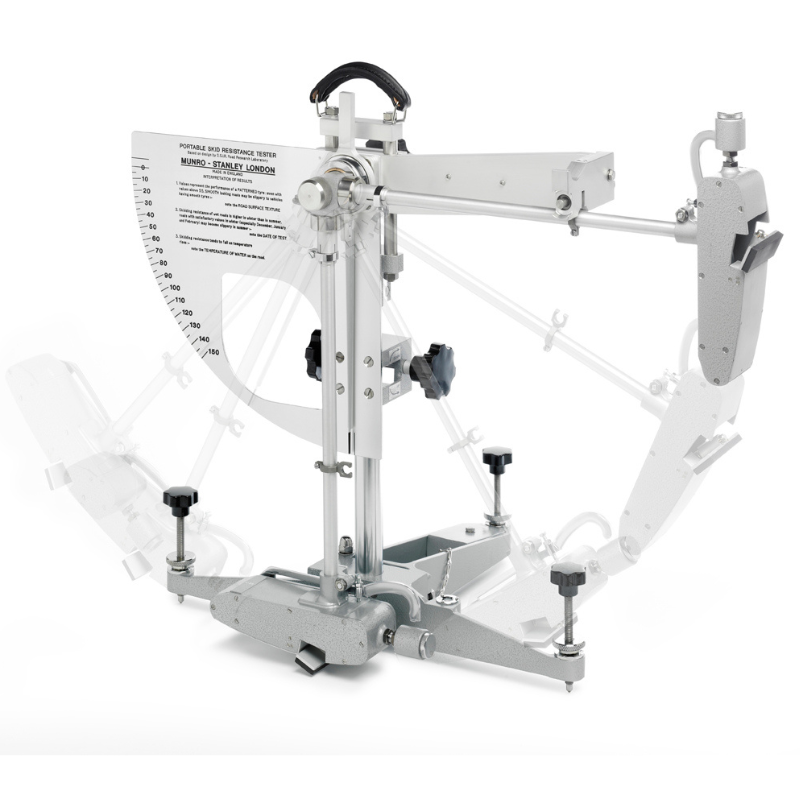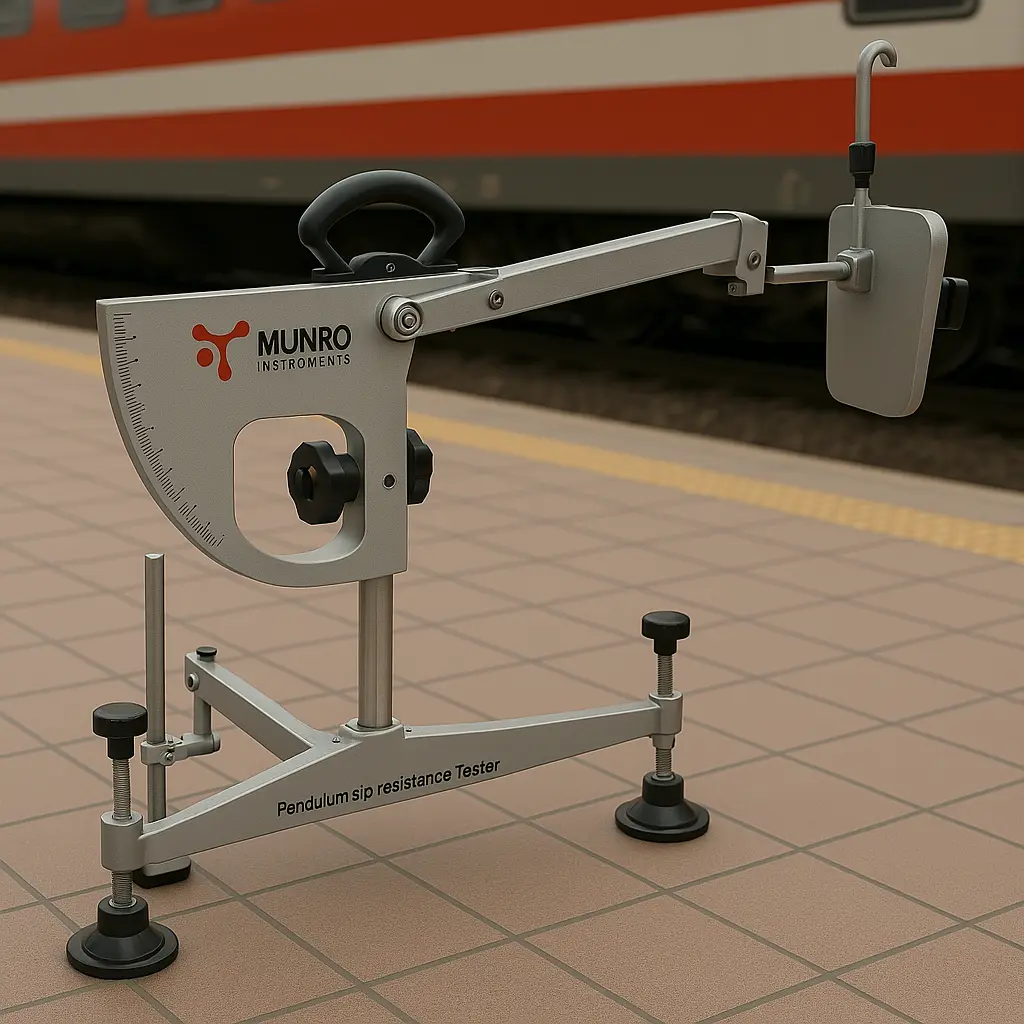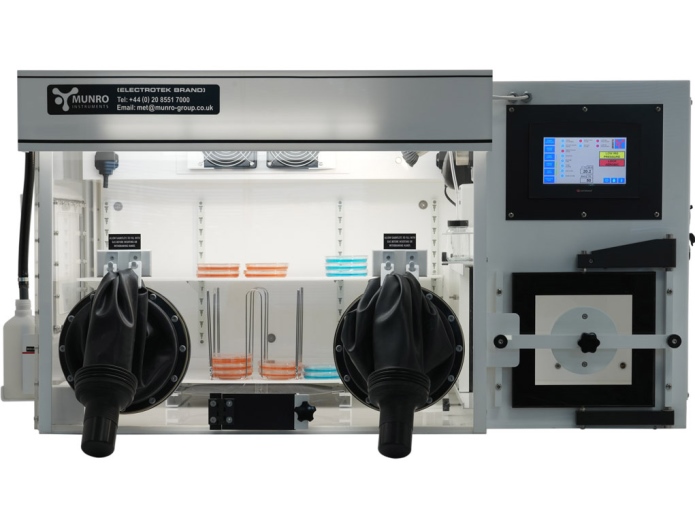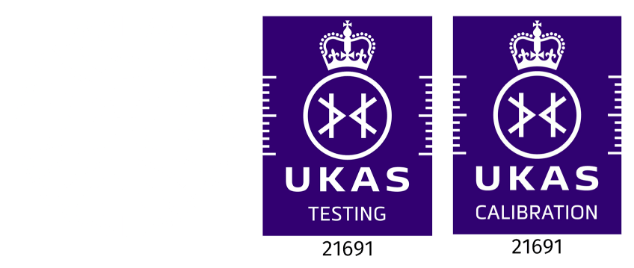Slips, trips, and falls – they sound harmless, but they’re among the most common causes of injury in the UK. Imagine walking into your favourite high street store, only to slip and hurt yourself because the floor was more like an ice rink than a shop surface.
What Is Floor Slip Testing?
Floor slip testing measures how slippery a floor surface is, typically under both wet and dry conditions. The aim? To prevent accidents, reduce liability, and ensure every step you take in a business, hospital, school, or shop is a safe one.
With the UK’s famously unpredictable weather and a culture of health and safety, ensuring slip resistance isn’t just good practice – it’s often a legal must.
The Legal Requirement for Slip Resistance
Slippery floors can have legal – and financial – consequences. UK businesses must comply with laws that demand safe premises for employees, customers, and visitors.
Health and Safety at Work Act 1974
This foundational legislation requires employers to provide a safe working environment. Failure to check and maintain floor safety can lead to prosecution.
Duty of Care for Businesses
If someone slips and is injured on your property, you could face costly claims. Regular slip resistance testing is a key part of meeting your duty of care.
Understanding Slip Resistance: The Science Behind It
Coefficient of Friction (CoF) Explained
Slip resistance is often measured as a coefficient of friction – think of it as a score showing how well a shoe grips a surface. The higher the score, the safer the floor.
Pendulum Test Method (PTM)
The most common test in the UK is the Pendulum Test, recommended by the Health and Safety Executive (HSE).
Other Slip Testing Methods
Other methods, like tribometer or surface roughness testing, can be used, but the pendulum remains the gold standard.
Who Needs Floor Slip Testing?
Commercial Buildings
Shops, malls, offices – anywhere the public or employees walk.
Public Spaces and Local Authorities
Councils have a duty to keep pavements, town centres, and public facilities safe.
Hospitality and Leisure
Hotels, gyms, spas, and pools are high-risk areas, especially when floors get wet.
Healthcare and Care Homes
Protecting vulnerable people means extra attention to floor safety.
Educational Institutions
From nurseries to universities, safe floors are non-negotiable.
Types of Floor Surfaces Commonly Tested
Tiles and Ceramics
Popular but can be dangerously slippery if not properly treated.
Vinyl and Linoleum
Widely used for their cost-effectiveness and durability.
Concrete and Stone
Common in industrial and outdoor areas.
Wooden Floors
Beautiful, but can become hazardous with wear or moisture.
Outdoor Surfaces
Paving, ramps, and stairs are all tested to keep public areas safe year-round.
What Does the Floor Slip Testing Process Involve?
Site Assessment and Preparation
Experts assess the environment, noting risk factors like foot traffic, contamination (water, oil, dust), and cleaning practices.
Testing Procedures
Certified testers use specialist equipment to simulate real-life conditions – both wet and dry.
Reporting and Interpretation of Results
You’ll receive a detailed report, with easy-to-understand pass/fail marks and recommendations.

Pendulum Slip Test: The Gold Standard
How the Pendulum Test Works
A swinging “foot” passes over the floor to mimic a heel striking the surface. The device measures how much it slows down – indicating slip resistance.
UK and International Standards
The HSE and British Standards Institution (BS 7976) both recognize the pendulum test.
Pros and Cons of Pendulum Testing
Pros? It’s accurate, portable, and can be used on most surfaces. Cons? It requires a trained operator and may be less effective on highly contoured floors.
Benefits of Professional Floor Slip Testing
Risk Reduction
Fewer accidents mean fewer claims and disruptions.
Compliance and Insurance
Proving regular testing can help with insurance premiums and legal compliance.
Reputation Protection
Safe premises boost your brand’s trustworthiness.
Common Reasons for Failing Slip Tests
- Overuse of polish or improper cleaning chemicals
- Selecting unsuitable flooring for high-risk zones
- Floors wearing out over time and losing texture
How to Improve Floor Slip Resistance
Surface Treatments and Coatings
Anti-slip treatments can boost grip without changing the look of your floors.
Cleaning and Maintenance Routines
The right cleaning regime preserves grip and removes hazards.
Staff Training and Awareness
Teach your team why and how to keep floors safe.







